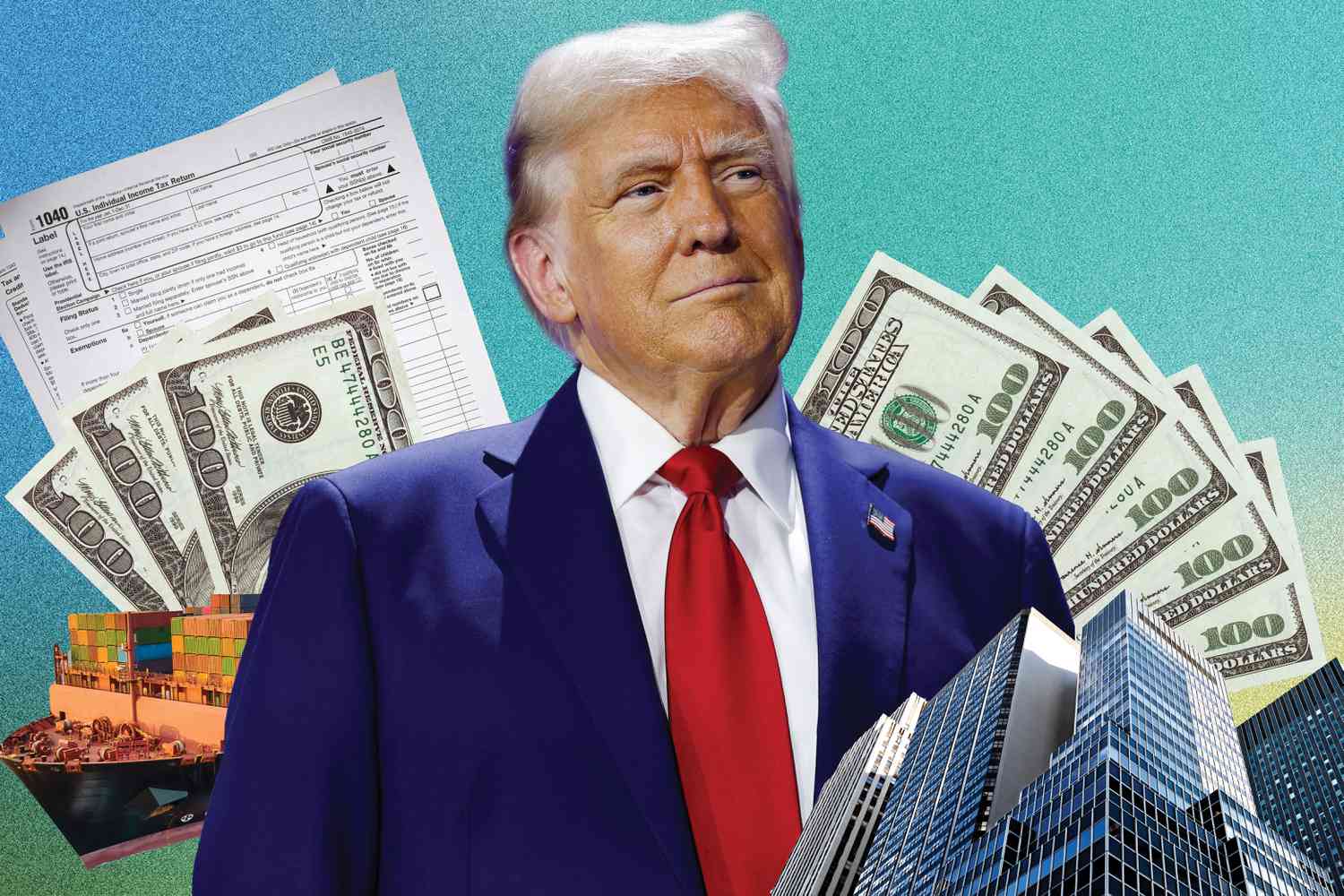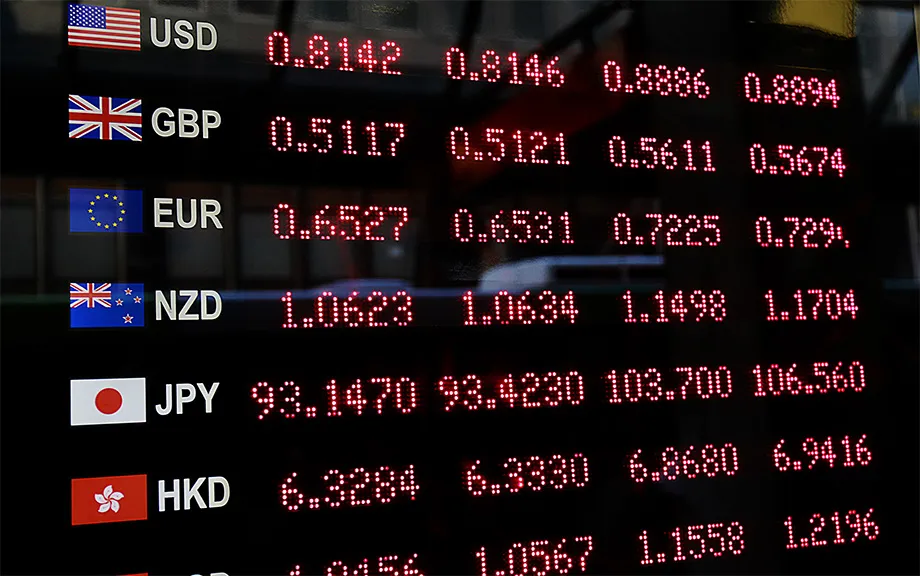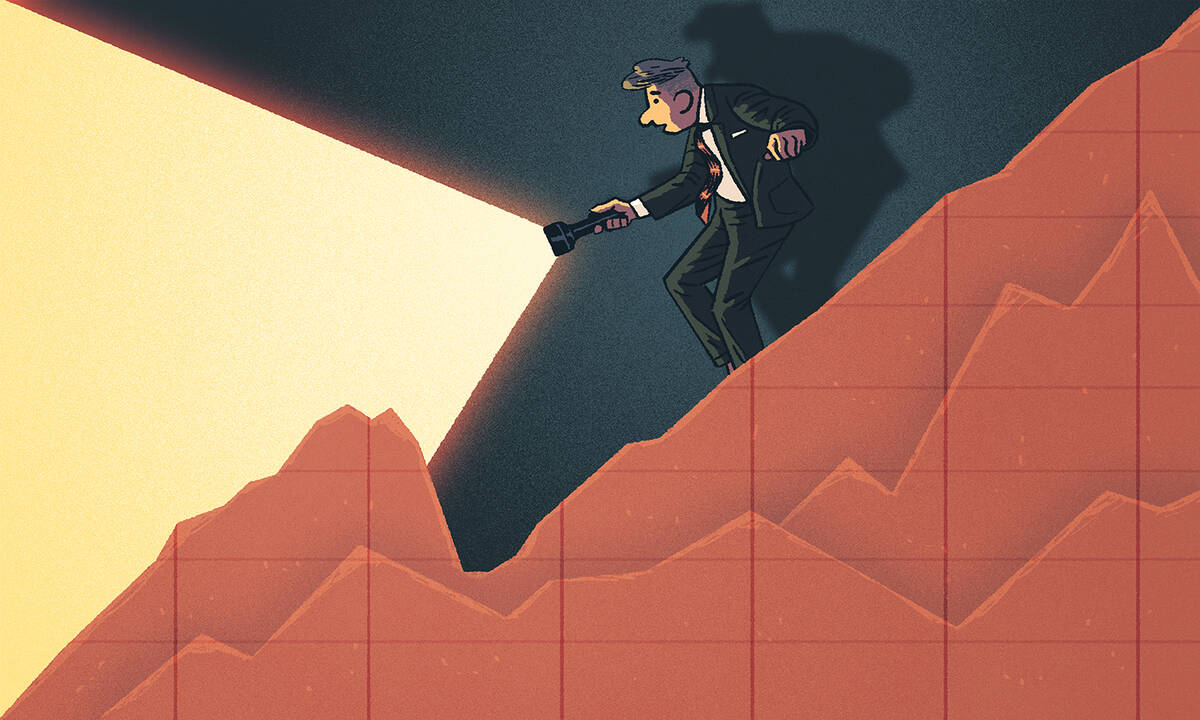As we move through 2025, concerns about a global economic downturn continue to surface. While a full-blown recession has not yet materialized, multiple indicators suggest that the global and U.S. economies are on increasingly fragile ground. From inflationary pressures and geopolitical instability to weakening consumer confidence and global trade disruptions, economists are warning that a potential recession could emerge if current trends continue.
Current Economic Outlook
The U.S. economy showed signs of weakness in early 2025, with GDP contracting slightly in Q1. A modest recovery is expected later in the year, but overall growth remains subdued. Global GDP is forecasted to slow to 2.9% in 2025, down from 3.3% in 2024, and is expected to remain sluggish into 2026. Consumer confidence is declining, and many market analysts estimate a recession probability between 35–40%—a reduction from earlier, more pessimistic forecasts, but still significant.
Major Risk Factors
- Trade Disruptions and Tariff Uncertainty
Trade tensions have escalated in recent months, especially involving U.S. tariffs on goods from Canada, Mexico, and China. These moves have led to supply chain friction and investor anxiety, increasing the likelihood of a slowdown. - Geopolitical Pressures and Energy Volatility
Ongoing conflicts in the Middle East—particularly involving Iran—have threatened oil routes such as the Strait of Hormuz. Disruptions in energy supply could lead to oil prices spiking above $100 per barrel, triggering renewed inflation and curbing consumer spending. - Weakening Economic Indicators
Several key signals, including sluggish hiring trends, high inventory levels, and dropping consumer sentiment, suggest that the economy could be losing momentum. These are often seen as early warnings ahead of broader economic contraction.
Factors Supporting Stability
- Resilient Labor Market: Unemployment remains relatively low, currently hovering around 4.2%. This stability in jobs has helped cushion against a more rapid downturn.
- Stronger Household Balance Sheets: Many consumers, particularly in the U.S., still have savings buffers built during the pandemic, which is helping sustain spending despite inflation.
- Energy Independence and Domestic Growth: In countries like the U.S., domestic energy production and a relatively robust service sector provide additional protection from global shocks.
What to Watch in the Months Ahead
| Indicator | Why It Matters |
|---|---|
| Two quarters of negative GDP | Would meet the technical definition of a recession |
| Rising unemployment | Could trigger the Sahm rule, signaling downturn |
| Increased tariffs | May disrupt trade and worsen inflation |
| Surging oil prices | Could strain global growth and revive inflation fears |
Conclusion
Though we are not officially in a recession, the warning signs are too clear to ignore. Policymakers, businesses, and consumers alike are preparing for the possibility of an economic downturn. The next few quarters will be critical in determining whether the global economy can stabilize—or whether it slips into a more serious contraction.











